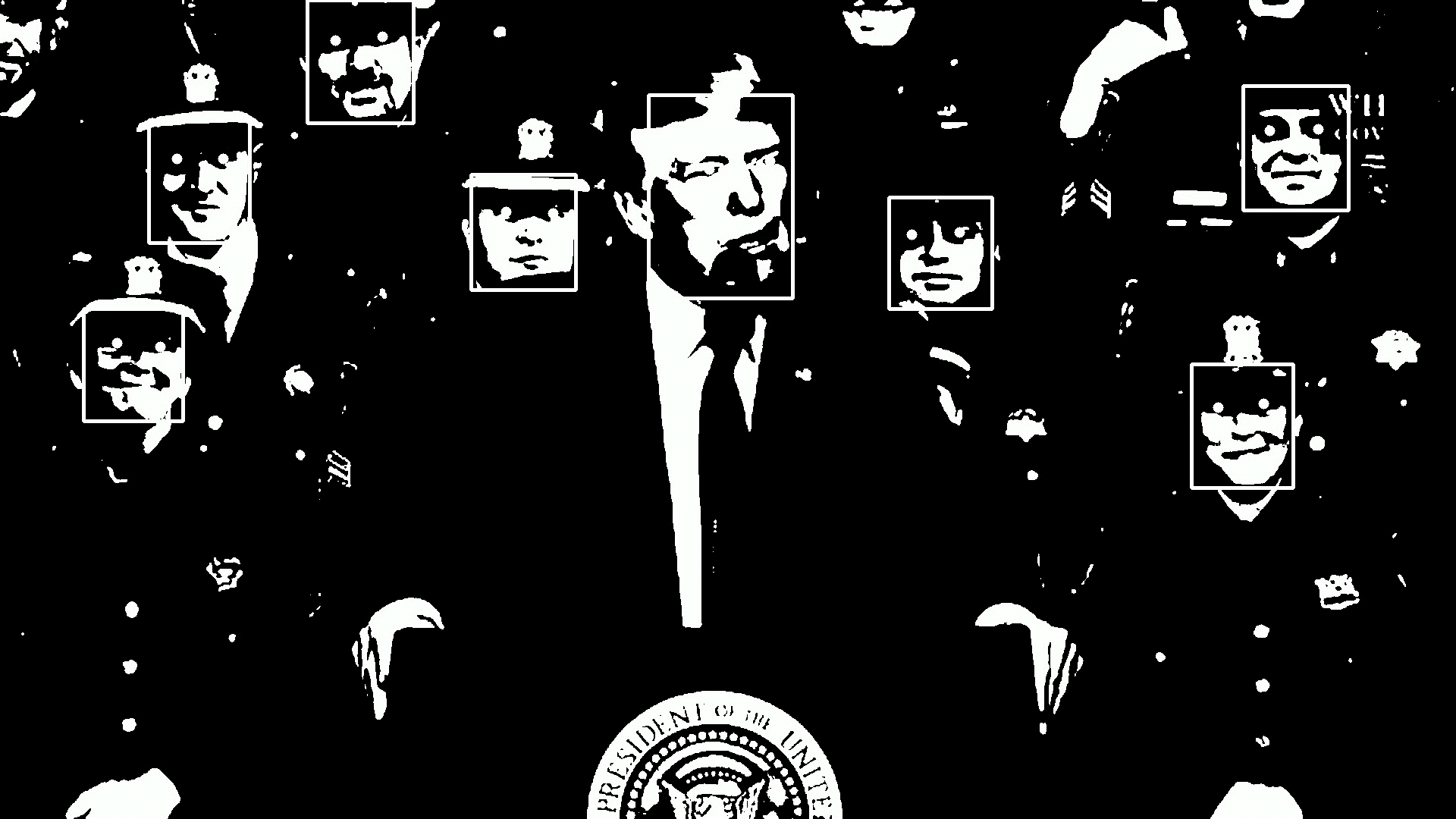You can take the hand away
President Trump's 2017 Long Island speech to police and victims of crime foreshadowed the police murder of George Floyd and the police brutality used against protestors and media during the uprising that followed Floyd's death.
.
Police funding and powers rely on politicians. Trump's authoritarian ambitions relied on the police. The police applause for Trump, however, is doubly ironic. Only four years later in 2021, the January 6th Capitol Hill riot would see one police officer die and four commit suicide after Trump's supporters rioted when Trump lost the election.
.
In June 2021 the United States Government Accountability Office Report, FACIAL RECOGNITION TECHNOLOGY - Federal Law Enforcement Agencies Should Better Assess Privacy and Other Risks, found six federal agencies had used facial recognition technology to identify protestors involved in the George Floyd protests. Three agencies used facial recognition technology after the U.S. Capitol riot.
.
Facial recognition technology has a deeper connection with photography than just identifying someone's face from a digital image. Its ability to identify faces is based on models trained with millions of photographs. The images these datasets contain, where they come from, how they have been categorised and how these technologies are deployed raise significant issues for society.
.
ID: In this 29-second black and white video, Donald Trump stands framed by an audience of uniformed police. Overlaid on the faces of Trump and the audience are white dynamic bounding boxes, created with the RetinaFace facial recognition framework. The bounding boxes accentuate the smiles of the audience as Trump calls on them not to 'be too nice'. The police respond with both smiles and applause. The video was processed with openCV.
